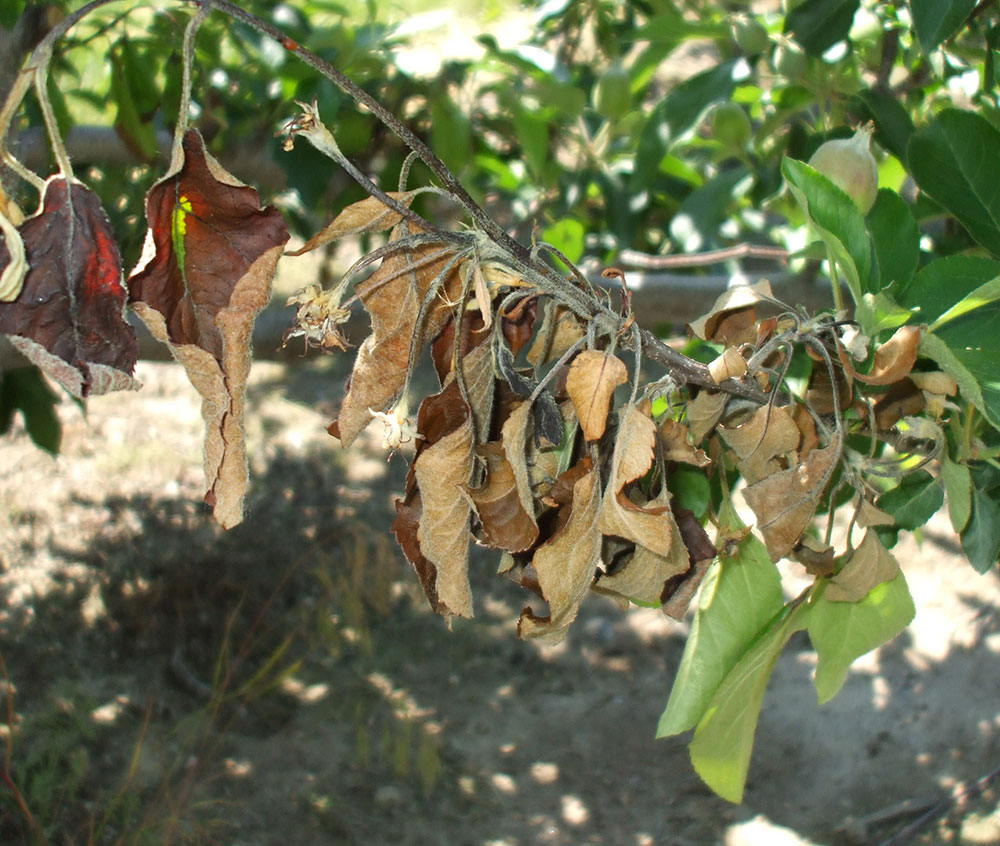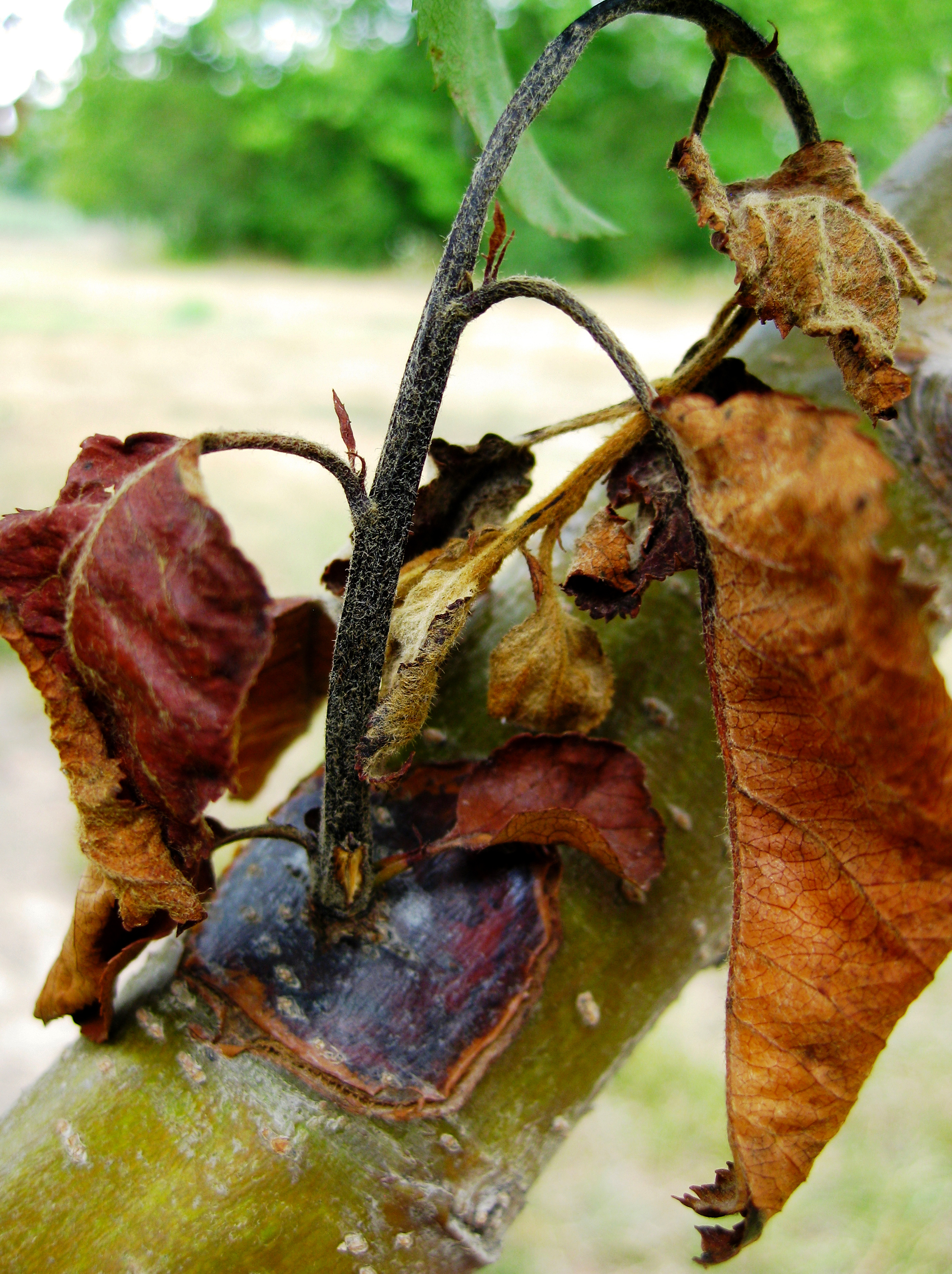

In spring, when temperatures frequently reach 65 F, the bacteria multiply rapidly. The bacteria overwinter in blighted branches and at the edge of cankers (areas of bark killed by bacteria) (Figure 1).

Disease Cycleįire blight is caused by the bacterium Erwinia amylovora. Hot summer weather generally slows or stops the disease. Hail and wind damage provide wounds that allow the pathogen to enter at other times. Blight of twig terminals can occur in late May through June during wind driven rain events. Warm rainy springs are particularly conducive to rapid spread of the pathogen, resulting in blossom blight. The disease is most serious when spring temperatures during pre-bloom and bloom are warmer than average.

The disease also can occur on serviceberries ( Amelanchier spp.), flowering quinces ( Chaenolmeles spp.), cotoneasters ( Cotoneaster spp.), hawthorns ( Crataegus spp.), quinces ( Cydonia spp.), pyracanthas ( Pyracantha spp.), blackberries ( Rubus spp.), raspberries ( Rubus spp.), and mountain ashes ( Sorbus spp.).ĭisease incidence varies from year to year and severity is influenced by cultivar susceptibility, tree age, succulence of tissues and spring meteorological conditions. It is especially destructive to apples ( Malus spp.), pears ( Pyrus spp.), and crabapples ( Malus spp.). Management includes resistant varieties, cultural practices, pruning and preventive chemical sprays.įire blight is a bacterial disease that affects certain species in the rose family (Rosaceae).Fire blight bacteria can be spread by insects, splashing rain or contaminated pruning tools.Symptoms include dead branches, water-soaked blossoms, light brown to blackened leaves, discolored bark, black “shepherd’s crook” twigs, and dried fruits.Fire blight is a bacterial disease that can kill branches and whole plants of many members of the rose family, including apple, pear, quince and crabapple.The recommended type of pruning for this disease is called Ugly Stub Pruning.By R.D. Leave a 4-5 inch stub that can be pruned off over the winter when the disease is dormant. Don’t prune infected shoots back to a healthy branch. Infected branches should be pruned 8-12 inches below any visible symptoms.Fungicides that contain copper can be applied at bloom to slow down infections.

Avoid cultural practices, such as over-fertilizing, that encourages excessive succulent growth, which is more susceptible to infection.Disease management often involves selecting resistant plant varieties.The disease-causing bacteria overwinter at the margins of cankers and become active again in the spring.The most common insects that spread the disease are pollinators such as bees and flies.During wet weather droplets of bacterial ooze form on the surface of cankers and can be spread by wind, rain, birds, humans or insects to other plants.The most damaging cankers are those formed on the main stem or base of the plant since they often girdle and kill the plant.The color of the infected wood beneath the bark is often a reddish-brown.With few exceptions, the disease moves more slowly in woody tissue and often moves down to the base of a branch where it forms a lesion or canker.This gives the appearance of scorching as if by fire. The affected leaves turn a dark brown to black and remain attached to the branch. The very tips of the branches often droop or characteristically curl over to give a hooked appearance.The disease progresses from the blossoms into the twigs and branches.The first symptoms usually start on the blossoms as they quickly droop, shrivel or turn brown.Additional plants that can be infected include chokeberry, kerria, photinia, serviceberry, and spirea. However, the list of susceptible plants includes over 130 plant species. The most commonly damaged plants in the landscape are apple, cotoneaster, firethorn, hawthorn, quince, and pear (including Bradford pears).Fire blight is a serious bacterial disease of plants in the rose family.


 0 kommentar(er)
0 kommentar(er)
